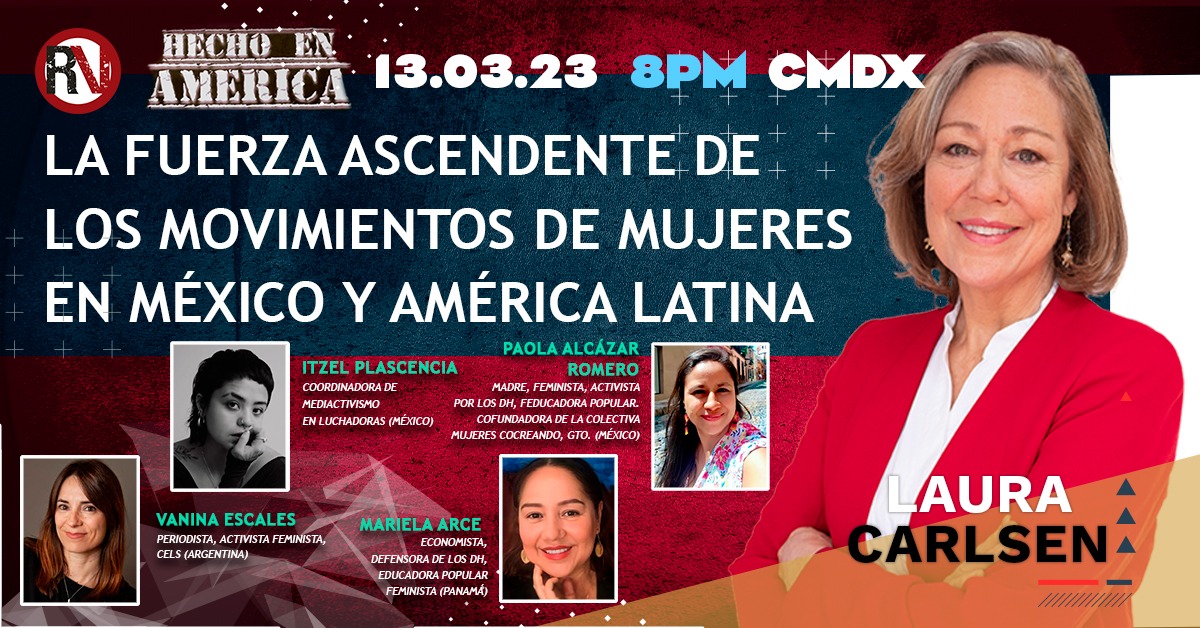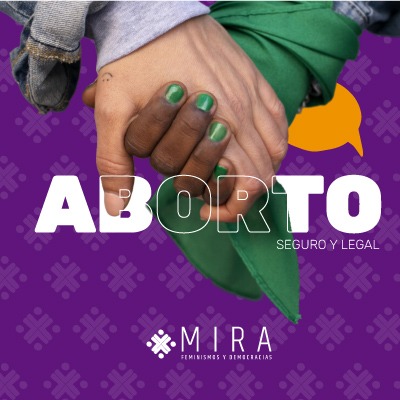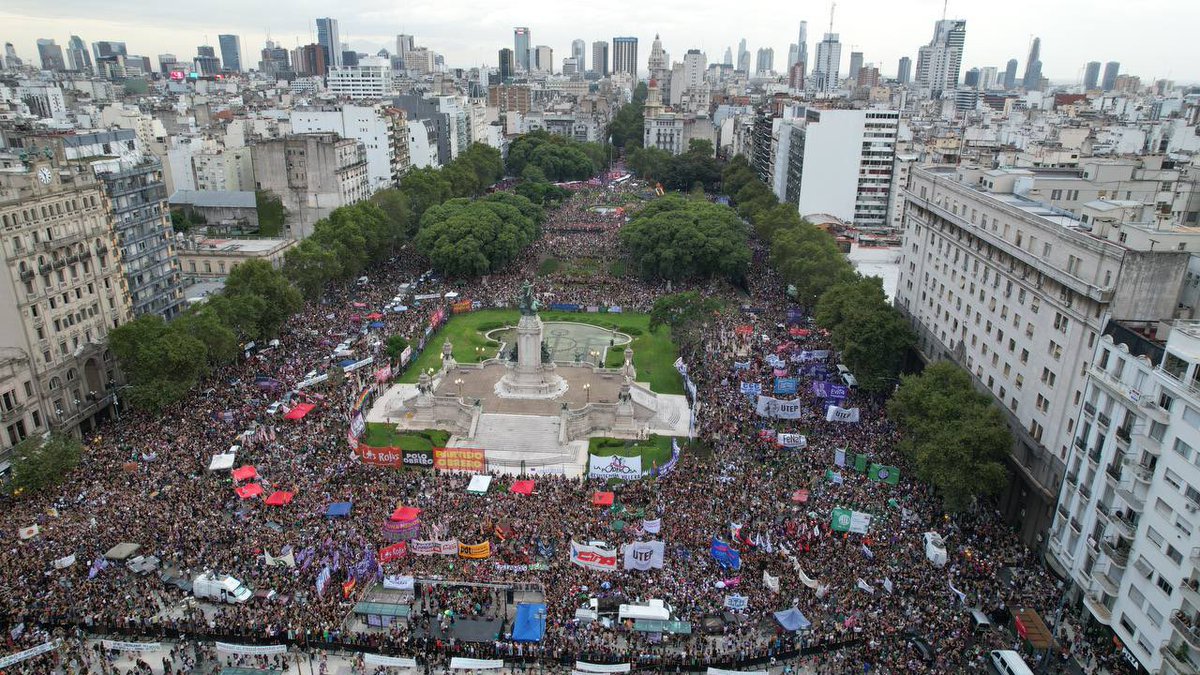Laws, Accords, Stakeholders Responsible
The legal framework of the water, sanitation and health sectors is determined by the Mexican Constitution of 1917 (Art. 4, 27, 115); international treaties (e.g., the 1944 Water Treaty), federal laws (e.g., the National Water Law), state laws (e.g., the State Law of Potable Water and Sewage of the State of Chihuahua), Official Mexican Norms, (e.g., the NOM-127-SSA that establishes the standards permissible for pollutants in potable water), decrees and agreements (e.g., the decree of the creation of the National Water Commission, 1989), the N ational Hydraulic Program2001 – 2006, and the National Health Program 2001-2006.
Briefly, the Constitution’s Art. 27 defines the basic principles of equal distribution and conservation of water; whereas Art. 115 gives responsibility to the municipality to provide the services of drinking water, sewage and sanitation; and Art. 4 establishes the rights to health protection and a healthy environment. The National Water Law (1992), the General Law of Ecological Equilibrium and Environmental Protection (1988, modified in 1996 and 2002), the Federal Law of Water Rights (most recent version from the second half of 2002), the General Health Law (1984), and the State Potable Water and Sewage Laws (from 1969) regulate the constitutional articles mentioned. The Official Mexican Norms are the standards, for example, for the permissible thresholds of contaminants in wastewater discharges.
The management of the trans-border waters shared between Mexico and the United States is governed by institutions from both countries through a series of agreements and treaties. Their strategies and programs have evolved in response to the emerging circumstances and necessities. The jurisdiction of these institutions is limited to the guidelines established in the treaties or conventions, and many of these documents have been modified in the past. The possible reform of others, like the treaty of 1944, is being discussed by the governments of Mexico and the United States in order to deal with issues that did not exist (e.g., drought) in 1944. One example of this is the signing of the International Boundary and Water Commission (IBWC) Minute 308, in June of 2002, after months of negotiations, to resolve the conflict created by the water debt that Mexico owes the United States . The summary document establishes a mechanism for paying off the debt, but this payment affects the 025 irrigation district ( Mexico ) in such a way that creates conflicts between states and between the two countries that are increasingly difficult to resolve due to the large number of actors and interests involved.
U.S.-Mexico Treaties, Agreements, Conventions with
Greatest Relevance to Water Use, Sanitation
|
TREATY, AGREEMENT, CONVENTION |
DATE EXECUTED |
CHARACTERISTICS |
|
Treaty of Peace, Friendship and Limits between the United States of America and Mexico |
February 1848
|
Background: US – Mexico War. Mexico lost nearly half of its territory.
|
|
Treaty of Limits between the two countries
|
December 1853
|
This Treaty regulated issues of navigation and use of the waters of the Rio Grande (Bravo) and Colorado River . |
|
Distribution of the waters of the Rio Grande
|
Washington D.C. 1906 |
Distribution of the waters of the Rio Grande (Bravo) |
|
Treaty: international waters between the two countries |
February, 1944 Signed: March, 1946 |
Distribution of the waters of the Colorado River , Tijuana River , and Rio Grande (Bravo). It is considered the basis of the Mexico-US legal framework for the management of trans-border waters. This treaty created the International Boundary and Water Commission (IBWC) formerly the International Commission of Limits (created in 1889). |
|
Convention for cooperation in Protection and Improvement of the Environment in the Border Zone |
August 1983 Signed January 1984 |
Establishes the general framework from which the two countries agreed to prevent, reduce or eliminate sources of contamination of air, water, and soil in the zone that extends 100 km on each side of the border. |
|
Convention of Peace |
|
Coordinated by SEMARNAT and the EPA, the agreement of the Peace has been applied by bi-national work groups, such as those of the Border XXI Program (1996-2000). This program (today Border 2012) originated from the Integrated Environmental Plan for the US Mexico Border Area (PIAF) of 1992 that was created to strengthen the environmental laws at the border and establish new strategies for strengthening and ensuring fulfillment of the law. |
|
Agreement of the creation of the Border Environmental Cooperation Commission (BECC), and the North American Development Bank (NADB) |
1993-1994 under the NAFTA framework |
To support the communities on both sides of the border in coordinating and carrying out projects of ecological infrastructure. |
|
North American Agreement on Environmental Cooperation between Canada , México and the USA |
1993 |
Under the NAFTA framework, it encourages the protection and improvement of the environment in the territory of the 3 countries, for the well-being of present and future generations. The Commission for Environmental Cooperation (CEC) was created by this agreement. |
Institutional design
Figure 1 represents the institutional design of the sector. The Ministry of the Environment and Natural Resources Secretariat (Semarnat)formulates and carries out the national policy regarding natural resources, ecology, sanitation and environmental regulation. The National Water Commission (CNA ), a decentralized department of Semarnat, defines the water policy of the country, administrates and manages the national waters, and monitors the fulfillment of the National Water Law. The CNA carries out inspection and monitoring of the resource, although it might be possible for the Federal Attorney General for Environmental Protection (Profepa) to handle these tasks, as in the case of other natural resources. The CNA maintains a close relationship with the Mexican Institute of Water Technology (IMTA), which acts as the primary investigator of the sector; the IMTA participates in water, waste and sanitation projects. Semarnat’s National Ecology Institute (INE) promotes and conducts research on environmental problems.
At the state level, water commissions give technical and financial support to operating bodies in municipalities. Financial support is also handled by the federal lender Banobras and the North American Development Bank (NADB), which finances projects in the northern border zone certified by the Border Environment Cooperation Commission (BECC).
Figure 1. Principal Actors in Water, Sanitation Sector , Mexico (2001)

Health and education are also formally involved. Until the years 2001-2002, the General Directorate of Environmental Health (DGSA) used to dictate the official norms and handle the necessary paperwork for obtaining sanitation licenses. Similarly, the monitoring and certification of the water for human consumption used to be done by the Health Ministry (SSA), along with the Ministry of Public Education (SEP), as well as the Secretary of Social Programs (Sedesol). Non-governmental organizations (NGOs) have a potential role in promoting the proper care of the water and the importance of basic and sanitation.
Border Water Stakeholders Show Their Faces
The principal area actors in the sector, identified during the study, are represented in Figure 2. In Ciudad Juarez , a greater number of interested organizations (governmental and non-governmental) interact in a coordinated manner to cope with the problems of water. There are more bi-national organizations, such that there exists a fluid channel of communication with institutions in El Paso , Texas , the sister city of Ciudad Juarez . In contrast, the city of Nogales holds fewer involved actors and has a notorious lack of resources, while Mexicali , Baja California , contains the appropriate official institutions of a state capital. Nonetheless, according to our results, participation of the community in Mexicali is lower and inter-institutional coordination is practically non-existent.
The National Water Commission (CNA)manages and monitors the water received from superficial sources or extracted from groundwater reserves. A portion of this water is destined for the flora and fauna in such a manner, theoretically, that the hydrological cycle of the ecosystem is not interrupted. Another portion is directed to the irrigation district, for commercial, industrial or municipal use. The water is delivered in bulk to the operating groups, which thendistribute the water to the population by way of the potable water network and are obligated to treat the residual water generated in the municipality before it is discharged. The operating groups provide the services of potable water, sewage and sanitation of wastewater, and promote water protection practices and monitors water quality. Industry participates in projects with operating organizations, NGOs and academics, but during the changes in the administration of the operating organizations this coordination often breaks down, something that causes losses of time, money and the availability to collaborate.
There are some distinct contrasts between the operating groups of the three cities involved in this investigation. In Ciudad Juarez , for example, JMAS is very efficient and is only exceeded by the organizations of Tijuana and Monterrey . CESPM in Mexicali is organized in a so-called “industrial” style (similar to that of Tijuana ) and is an organization of the state of Baja California rather than of the city of Mexicali . COAPAES in Nogales , meanwhile, depends technically and financially on the state commission in Hermosillo , the state capital of Sonora .
The basin councils are recently created entities that coordinate cooperation between federal, state or municipal governments. Included are various organizations that represent the users of the water in each watershed. The basin councils were established between 1994 and 1999, but their activities fell flat as a consequence of the controversy over Mexico ’s water debt to the United States . Some of the main objectives of the councils include: to propose to the CNA, according to its necessities, changes in the regulations regarding water management, to establish priorities of use, and to propose alternatives in the face of emergencies, drought, depletion, and contamination of the water.
Collaboration is strong between the operating organizations, and CNA, IBWCand BECC, the latter two of which play an important role in the water and sanitation sector. The IBWC is a diplomatic organism responsible for the assignment of the right to use water from international rivers, for the construction and operation of localized infrastructure (like dams and hydroelectric installations), for the resolution of bi-national problems related to sanitation, for the interpretation of bi-national treaties and ensuring their fulfillment. The formal obligations of the IBWC reflect the priorities that both governments had in 1944. Since then, their priorities have changed and with the North American Free Trade Agreement (NAFTA), a number of new environmental and health organizations have been created whose functions overlap with those given to the IBWC by previous treaties.
The BECC encourages citizen participation and certifies sanitation and ecological sanitation projects (as much in Mexico as in the United States ) so that they may be funded by NADBank and other organizations. Originally, the BECC only certified projects regarding water, installations of water, and wastewater. To increase its efficiency and to adapt to the most recent bi-national agreements established by the IBWC (e.g., Minute 308), the BECC now also certifies projects dealing with industrial and hazardous run-off, water conservation, recycling and reduction of hazardous waste, as well as projects that improve city planning and development and water management, among others. Nonetheless, some interviews indicate that the mechanism for involving the community and coordinating with NGOs can be improved, because although public consultations are a requirement for documenting the support of these populations for the projects, these meetings are rarely sufficiently advertised or they are held late in the process or after the design of the projects.
NGOs are increasingly promoting community participation in environmental issues, including water and sanitation. Some of these NGOs maintain communication with academic institutions that conduct research in topics such as hydraulic engineering and alternative technologies. Occasionally, the academic institutions channel resources towards developing bi-national programs (e.g. Agua para beber, University of Texas , El Paso ) that encourage the adoption of hygienic practices and concepts, self-help and prevention measures within the general population. Another example is the consortium formed by Mexican and American universities with the financial support of the EPA and the Aspen Institute, known as the Southwest Center for Environmental Research and Policy (SCERP). This consortium develops lines of research intended for the formation of environmental recommendations and policies.
Figure 2. Water, Sanitation, Public Health Sectors:
Principle actors, relationships between them in cities studied, 2002

Figure 2. Key:
- Academics and researchers: Universidad Autónoma de Ciudad Juárez (UACJ), Colegio de la Frontera Norte Juárez (COLEF, en Juárez y en Mexicali), Universidad Autónoma de Baja California (UABC), Centro de investigación y Estudios Ambientales (CIEA, en Nogales).
- Basin councils / Consejos de Cuenca: Baja California (December 1999), Río Bravo (January), Alto Noreste (March 1999).
- BECC. Border Environmental Cooperation Commission (In Ciudad Juárez).
- Border XXI (bi-national Working Groups). * Border 2012 replaced Border XXI
- CEC. Commission for Environmental Cooperation .
- CNA. National Water Commission.
- CSF. Bi-national Border Health Commission.
- EPA. Environmental Protection Agency
- IBWC. International Boundary and Water Commission (In Ciudad Juárez).
- Industry: factories and others.
- NADBank. North American Development Bank.
- NGOs: AQUA21, FEMAP, OPI, The Rio Grande Alliance , FUMEC.
- OPERATING ORGANIZATION: Municipal Council of Water and Sanitation of Ciudad Juárez (JMAS), State Commission of Public Services of Mexicali (CESPM) and Potable Water and Sewage of the State of Sonora (COAPAES) in Nogales .
- PAHO. Pan-American Health Organization. (In El Paso)
- SEMARNAT. Ministry of the environment and natural resources. (In state capitals).
- STATE COMMISSION. Central Council in Chihuahua , Commission of Services of Water of the State of Baja California , and state COAPES in Sonora .
- USMBHA. US-Mexico Border Health Association. (In Ciudad Juárez)
The responsibility for dispersing information and promoting the discussion rests with the Commission for Matters on the Northern Border of the Mexican government and the Advisory Council for Sustainable Development (Region 1).
The bi-national organizations on the border responsible for public health are primarily PAHO, USMBHA and CSF (Figure 2). These organizations are formally responsible for activities regarding prevention, control and protection from environmental risk. The health services are operated by National Health Institutions (e.g., SS, IMSS). The former groups, i.e., PAHO, USMBHA and CSF formally contribute to the definition of policies linked to water and sanitation in the region, trying to improve the interchange of information for the surveillance and control of health risks from environmental origin.
Likewise, the Mexico United States Border Environmental Program 2012, which replaces Border XXI, promotes clean environment, protects natural resources and public health, as well as promoting sustainable development and the coordination between different actors.



